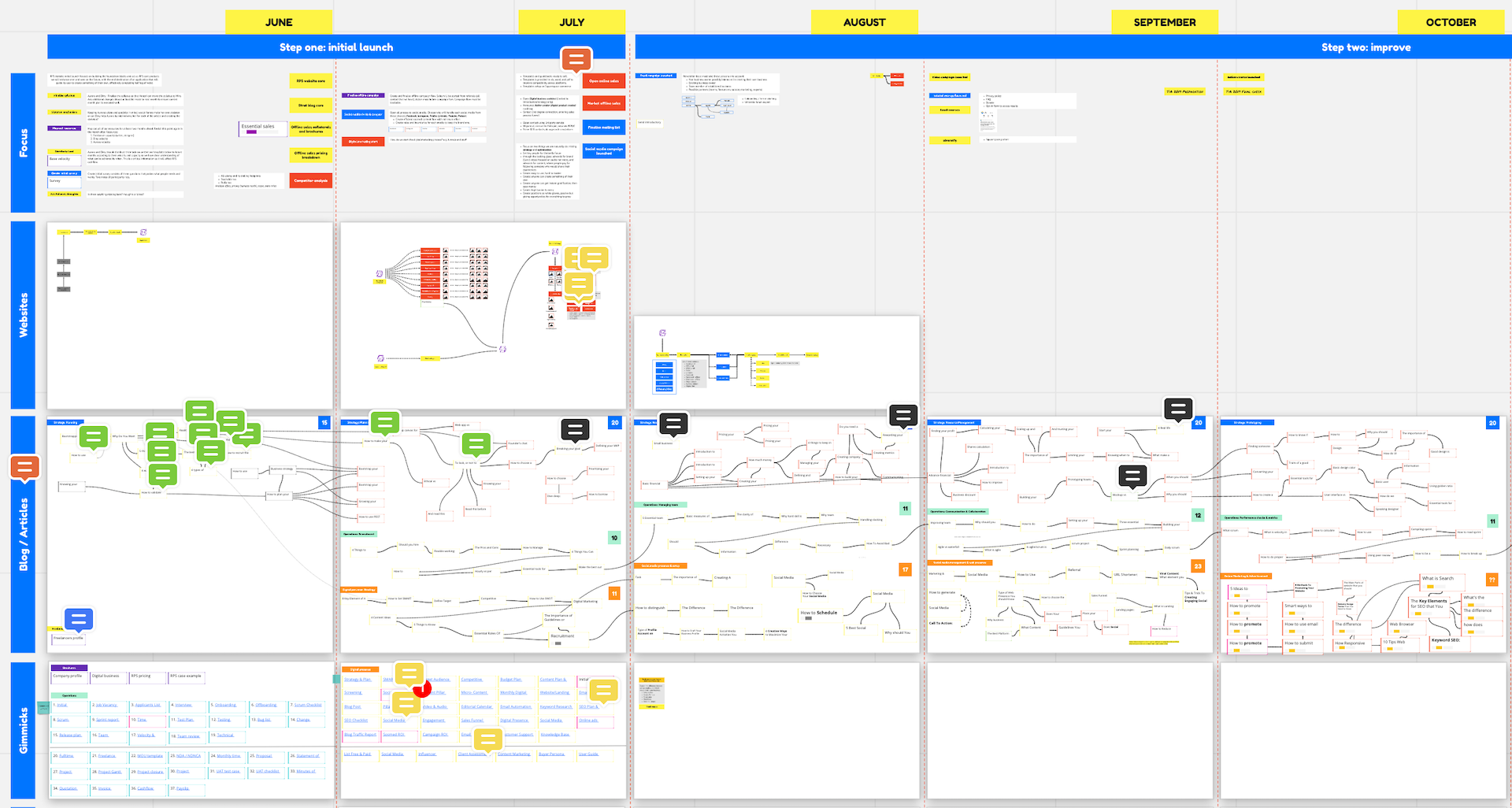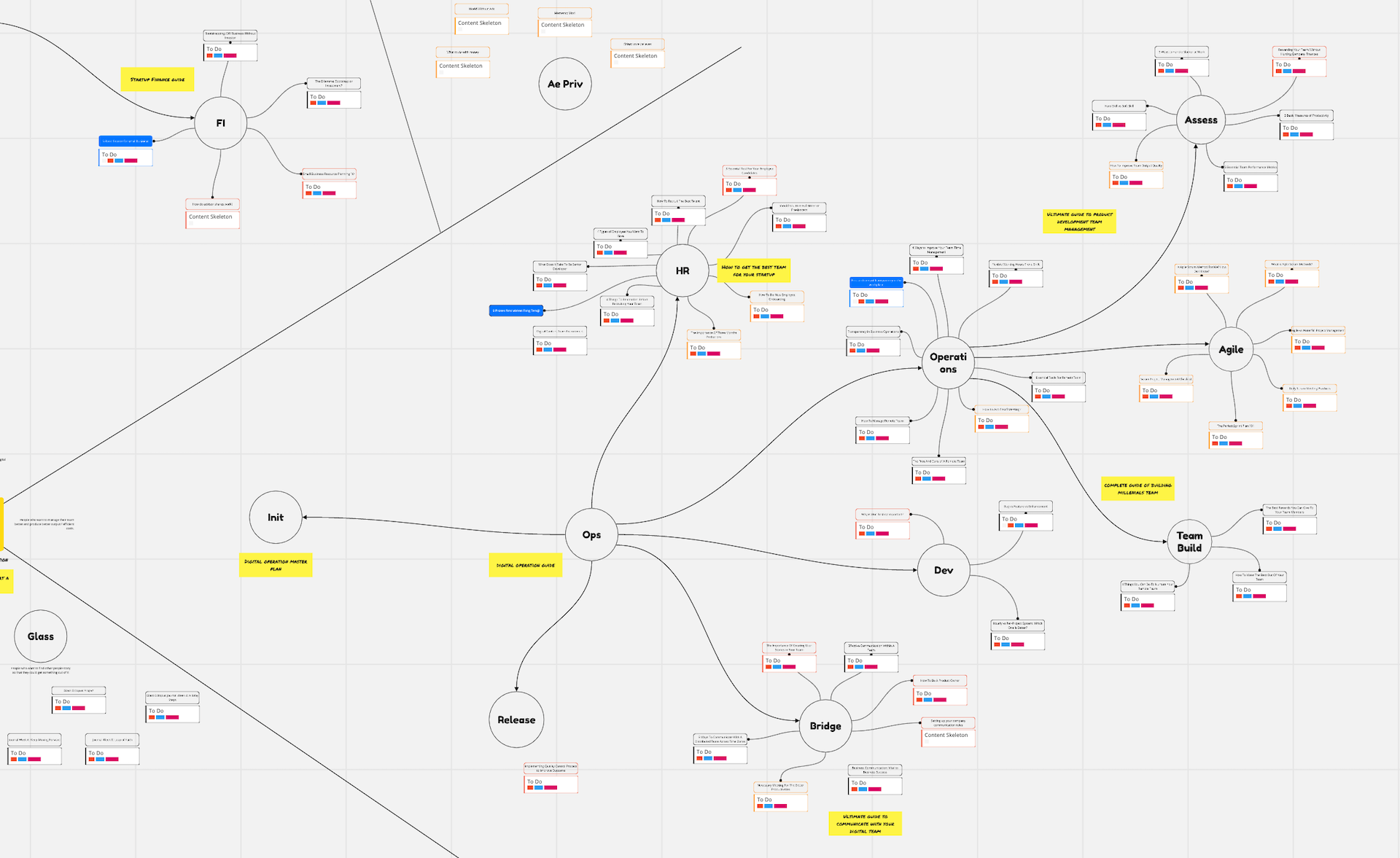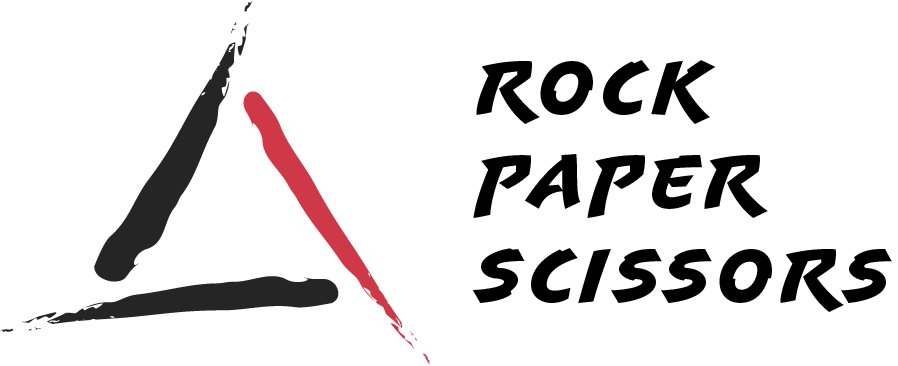This is it, the end of the year. This is the time where we, as a human, set a time to reflect our goal vs. our achievements. But since Rock Paper Scissors calendar starts on the 13th of October, we're not gonna do that. Instead, we will share what has been working, what's not, and what are the lessons we have learned for the past 6 months.
- Our decision to change our course
- The initial plan
- Where we ended up
- Key lessons along the way
- What's left to do
Deciding to stop doing what we do
Approximately 6 months ago (way more if you count all the late-night thinking over alcohol), we decided to discontinue our software development services. We've been around for 2 years as a software development house and extra 4-5 years as an independent team of developers. At one time, we were a 17 person team handling a corporate project. We create various web applications from ERP (Enterprise Resource Planning) to e-commerce platform to a SaaS application.
While we enjoyed what we do, we feel that something is missing in all the process: our work results only visible to a handful of users inside the company itself. We want to do more, we want to provide value to the mass audience.
We decided to stop our development service and share what we know to the rest of the world instead. Hoping we survive financially one way or another (Corporate business is a very lucrative business in term of financial).
We said goodbye to our long term clients, and start putting up a plan of how we can do what we love and sustain ourselves at the same time. The idea sounds simple at the beginning: put all of our experiences and expertise online, make templates and courses, and charge people for it.
Sounds like a good plan, right? Our business is helping corporates and companies build their digital business so we definitely can do it ourselves, right?
Nope. Far away from it.
The initial plan
Our initial plan on doing this is simple:
- Write every each of our process in building a new digital business/web application
- Expose that information as articles
- Make a template for people to use our templates
- Create tons of video, essentially transferring our knowledge and experience into batches of courses
- And in parallel handling only 2-3 clients at one time
- Also in parallel doing training for corporates
- And of course, create our own product (we were thinking an HR and Asset Management app) as a SaaS
We were about to do it with three people (me, Aurora, and Diny). Each point would stack up over another over time, but we were planning to finish the last goal in 6 months. That's right, six months.

Where we ended up
If it's not that obvious, here's news for you: we didn't achieve the target. In fact, we only accomplish some / partial of it. Let me summed it up for you:
- We managed to create 60 half-baked articles from our goal of 180+ that represent our knowledge accurately.
- We managed to create and launch both Operation Assistance and Digital Product Launch templates and guidelines, but haven't managed to get one sale from it.
- We did manage to handle two long term projects (out of 4 that we planned)
- We haven't put any effort into training or a one-off thing as part of our way of living.
- As for our product progress? Zero. Zilch. Nada.
I wouldn't say that we're a failure. We do fail to reach our goal, but we did get tons of crucial lessons from the last 6 months.
Key lessons along the way
The way we plan where we want to do is robust, as each of the things we do is part of our end game (all the articles would have helped us create our courses or product). However, on the operational level, we were still struggling to do everything in parallel. These are our key lessons.
1. Publishing a mediocre article is easy, publishing great article is hard
I will create a separate post for this, but for the sake of information, creating a great piece that actually helps people is hard. Our process of creating a single post, in a nutshell:
- Pick a topic and do keyword research
- Create an article outline based on those keywords and topic
- Do proper research to back up your content
- Breakdown the content properly
- Populate the content with related images and easy-to-digest subtitle/key points
- Link the article to other articles (to your other posts and to others)
- Check content for grammatical errors and ensure it's easy to read
- Check if your content actually solves people's questions for information.
- Create a good article description and social links.
- Schedule the article to be published.
Those processes can take several hours per article, and we often don't have that much time in a day. Mostly because we're busy handling our client or cooling ourselves down from the pressure.
To solve this, we need to maintain our focus and mind better so that we don't get drained by daily activities and have more time to finish the articles by time.
2. Bootstrapping your business is hard
We told everyone we stopped doing projects for good and will just focus on building our own product. Truth is, it's scary as hell. Knowing that you only have money to support yourself for three months tops is terrifying. And even though it's not the first time we do this, it never gets easier to do.
At the time of writing, there's only Aurora and me on RPS. We both have equal time to live each day and can only do so much in a day. The limitation of time combined with minimal capital limits our movement.
One thing for sure: it's not possible. It's just tough to do so. When I think of this, I keep reminding myself that I need to be patient in building everything. You just can't get it all. Our decision to go bootstrap instead of external investment means we need to accept the full consequences: it will definitely not a comfortable journey.
3. Persistence and determination equal to focus and patience
We believe persistence and determination is still the key to success (ethical success by the way). In a real, day-to-day world, this translates as focus and patience. Even better, let me put it up in the most straightforward language I can:
“Do one thing at a time. Do it the best you can and have patience in the process.”
Of course, that is easier said than done. Focus, I can still do it well, but patience is hard. Especially in a world where everything seems to happen in an instant.
What's left to do

Our plan is slightly changed, but we believe we're still in a direction where we want to be. There are a couple of things we need to work on where we need to put our effort day by day.
1. Cleaning up all our articles, proudly publishing each of it
We got all we need: the draft articles itself, the keyword tool, the grammar tool. What we need is spent some time to do it over and over and over again. It might take months to process those 60+ articles, but if we don't start somewhere, we won't get anywhere.
We need to clean up the articles, publish it, chunk it up for social media, and start exposing RPS to the social media. Learning from the last 6 months, we can only do so if we block a time to do so. This is because it's a long string of processes that I can't do in a separate time segment.
2. Create value of our templates
The template we want to sell is up, but it's not that appealing or clear enough for people to buy. What I want to aim at first is not to sell it, but to provide a value good enough for people to use it.
We need to polish how we present the guideline and how we visually show the template. On top of that, we need to show the viewer how our template can be used in multiple business scenarios.
3. Make something on our video courses
It might or might not be a paid course (we're looking at where trend & demand goes). However, I still believe the videos are better, alternative ways for people to digest information faster. Being said, we need to throw ourselves from the cliff and just do the video.
Be it without advance editing, a little noisy, not very good looking. What important is that we test the water first and actually create and publish our video content. For this, I'm thinking the same thing as content: block a time to do this and post it within a limited timeframe (to prevent us from the pitfall of perfection)
4. Launch the ugliest version of our product
Yes, the ugliest. The 1 out of 10 scale product. We need to do this because there is a more important priority than having a product people do not want: not launching it at all. It starts from anywhere: publishing the schematics, or from a business perspective, or from our fundamental reason of why we believe this should exist.
Anything goes better than nothing.
Priorities, priorities
These are our mistakes: we plan well and end up overestimate our time to do stuff. This should not happen again. All of those above are good to do, but we need to do what's closest to us. In those terms, what's more, important is actually the templates.
Why? Because to reach the end goal, we need fuels (capital). And the most efficient way to provide the money as of now is through our Strategy & Operation service that uses our own templates extensively. Working on the models and guidelines means we have a better tool to handle each of our clients and to stabilize our cash flow problem.
I want to focus on the other thing (building RPS digital exposure, making the web app) so much. Still, realistically I need also to remember that we need fuel to go where we want to be. It's not ideal, but that's what we have. We need to cling to what we have.
Happy new year 2020, I wish you a great year ahead.
